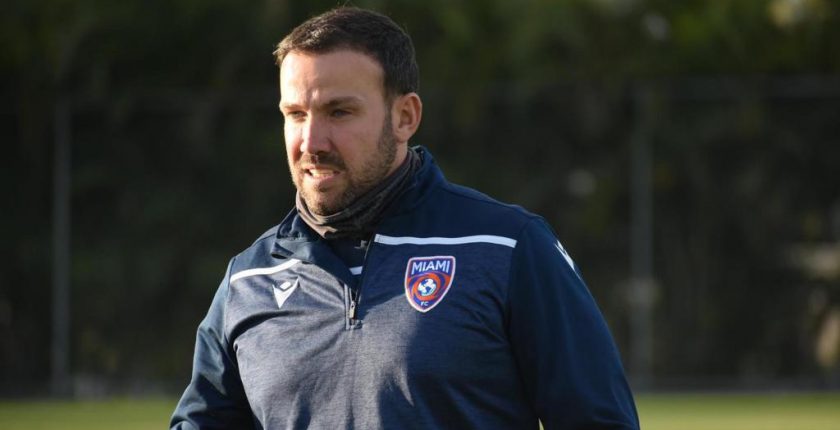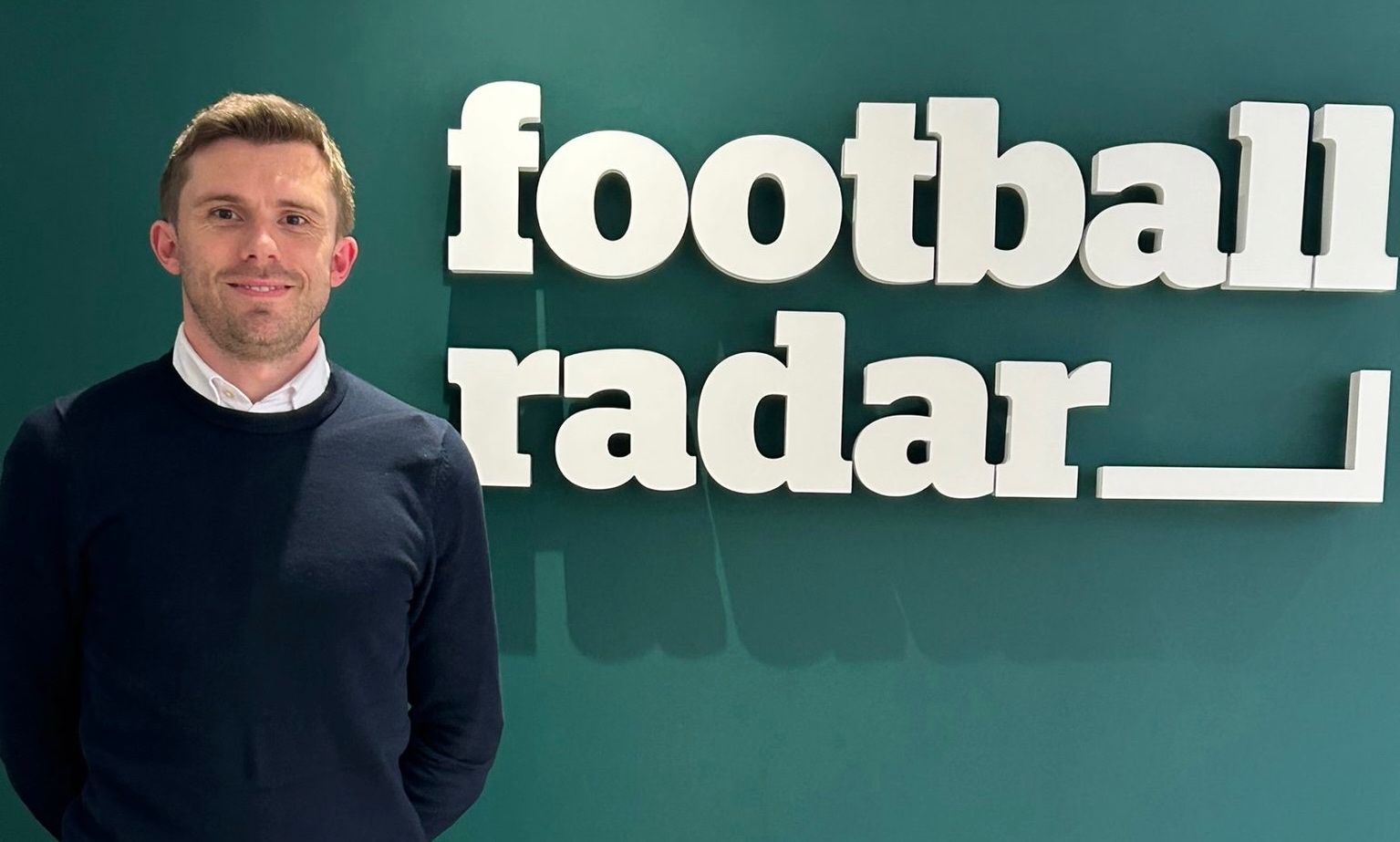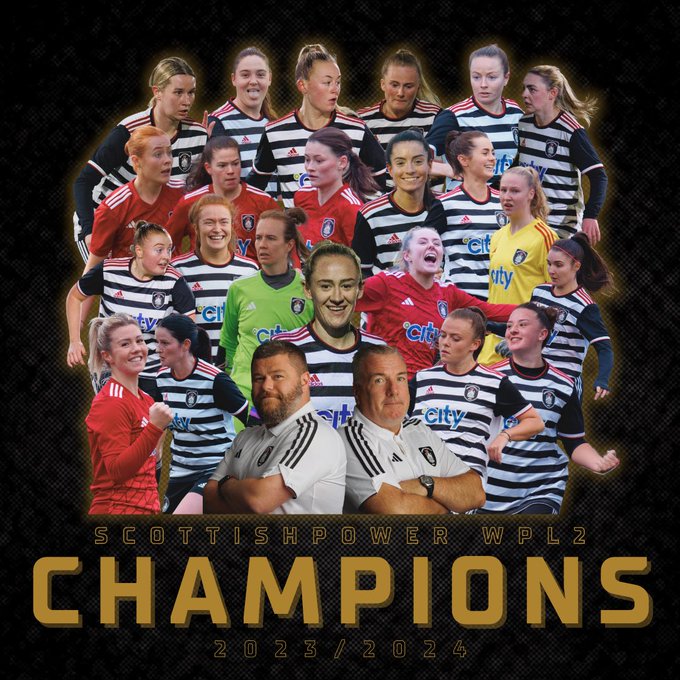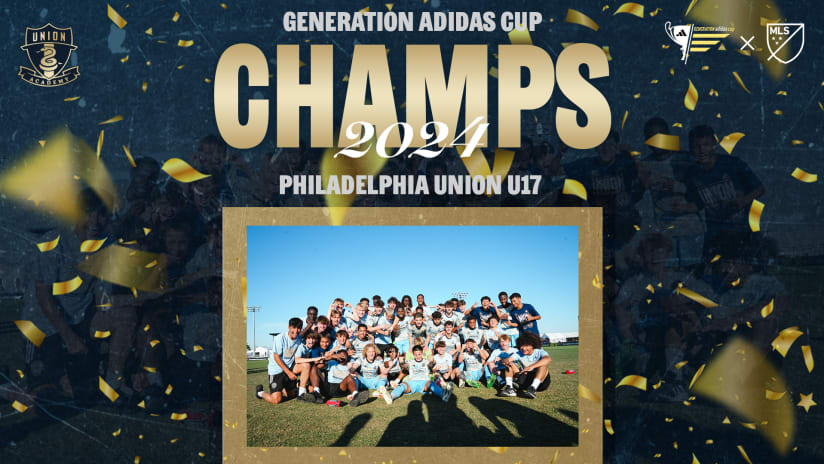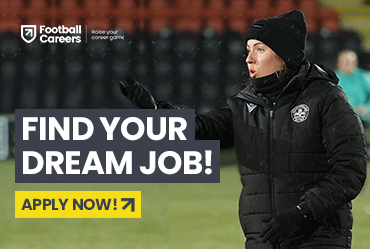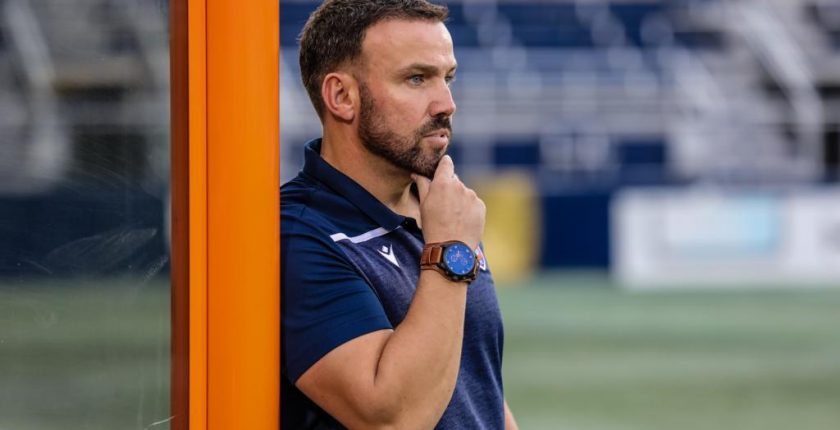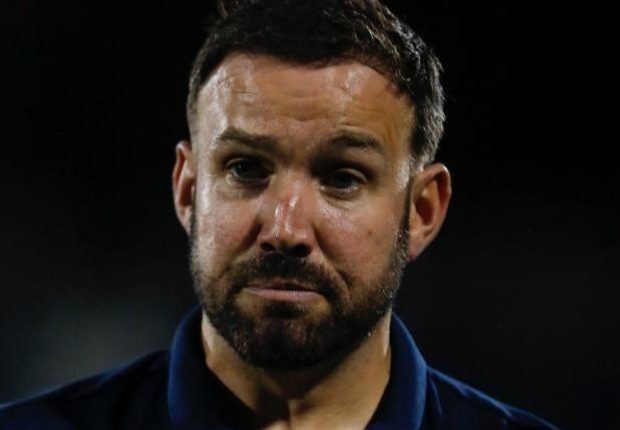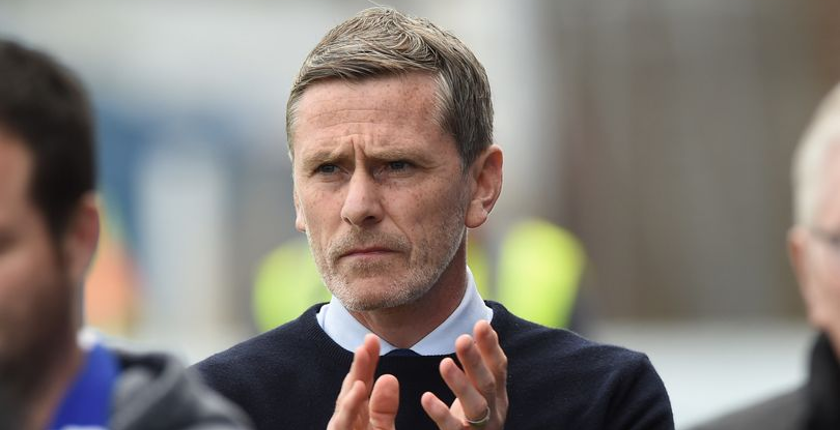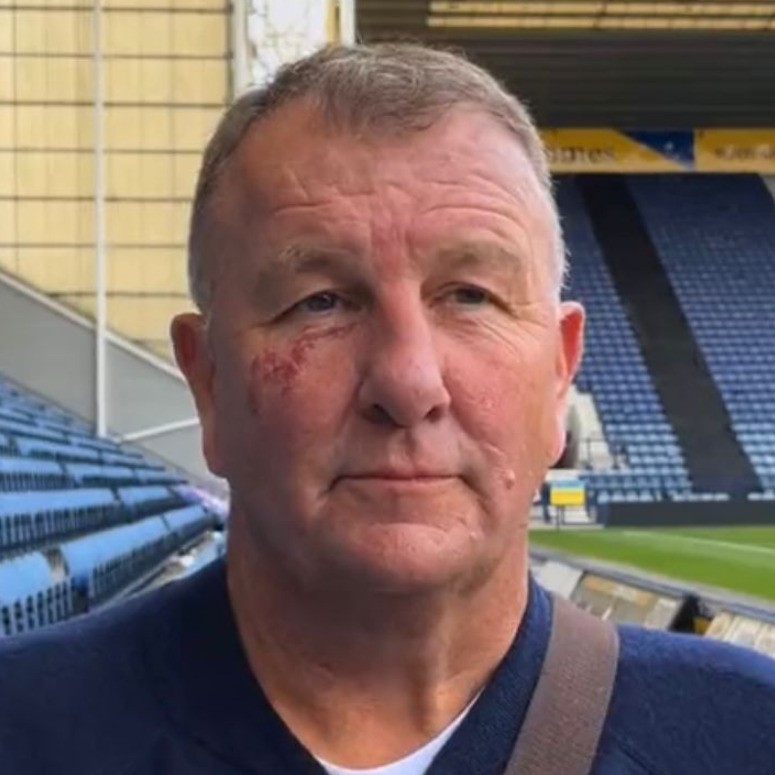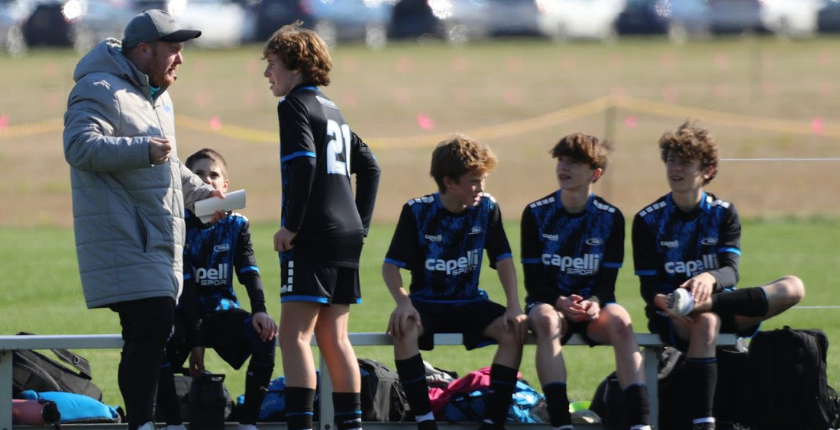Andy Thomson: LIfe as a Coach in America
- The importance of honing skills and pursuing professional development opportunities
- Club culture and what it means for a coach
- The USL, Australia, and life as a Scottish coach abroad
Andy Thomson smiles wryly in the bright, piercing Miami sunshine, palm trees sway in a gentle breeze in the background. The 41-year-old Scottish coach is living the American Dream but he reflects that he has had to become fluent in three languages to savour it.
Football, medicine and science.
The three pillars upon which the boy from a council estate in Glasgow has built a coaching life less ordinary. Andy’s story reads like a educational self-help book for those who live and breathe teaching The Beautiful Game: “How A Coach From Abroad Can Make it in the States.”
No short-cuts, no flashy gimmicks, no smoke and mirrors, no reliance on an old boys’ network or his own self-deprecating nods to landing lucky breaks. The truth is Thomson’s journey is built on a clear personal vision, an unswerving work ethic and a steely in-built desire to become the best coach he could be.
Andy’s odyssey had a key stop like so many of his peers in the Scottish Academy system and he revealed:
“I was a Head Coach in the St Mirren Academy and worked with elite youth players like Scotland’s John McGinn who is now starring in the English Premiership at Aston Villa. I had worked in football development with the Scottish Football Association (SFA) so I had the background with my coaching licences at home.
“I knew, though, that I needed something else to give me a leg-up so while I was at St Mirren I did a Masters in Sports Science and Sports Medicine. Football was in one part of my life, my studies in the other but I had a long-term plan to bring them back together.”
Andy’s first role in America was eight years ago with the US Paralympic 7-a-side team. Fellow Scot Stuart Sharp paved the way for that challenge and Thomson jumped headlong into it. His meticulous preparation for an adventure across The Pond was key and he stressed:
“Half my career was as a football coach but for the three years prior to that I had also worked in physical preparation. That gave me a leg-up because I could do two roles in one. I could do football-specific fitness and I could also be on the technical staff.
“By the time I got to the US I had a broad spectrum of skills which appealed to Head Coaches. There’s football language, medical language and scientific language and if you are fluent in all three of those then you can help the messages be understood.”
Thomson’s work was being noticed by people who matter. These days, Geordie Tony Annan is Head Coach of the Men’s Program at the University of South Carolina. Back then the Englishman was piecing together a superb body of work in youth football in Georgia. Andy recalled:
“Tony, who went on to become the Academy Director at Atlanta United in the MLS, took me to Georgia from that Paralympic role. He liked what I was doing and that I started with the game and worked backwards when it came to fitness.
“That was the break-in job for me and I got a call from the USL franchise in San Antonio who are owned by the NBA franchise The Spurs. The call came from the president of the organisation who said they had done their research and my name had come up in those three separate areas.
“They said they would fly me in and I met with the president and the Head Coach. The role at San Antonio was to oversee the fitness people but also to get back on the grass coaching football again. When I got there I went back to being a coach again at a level I really enjoyed.”

